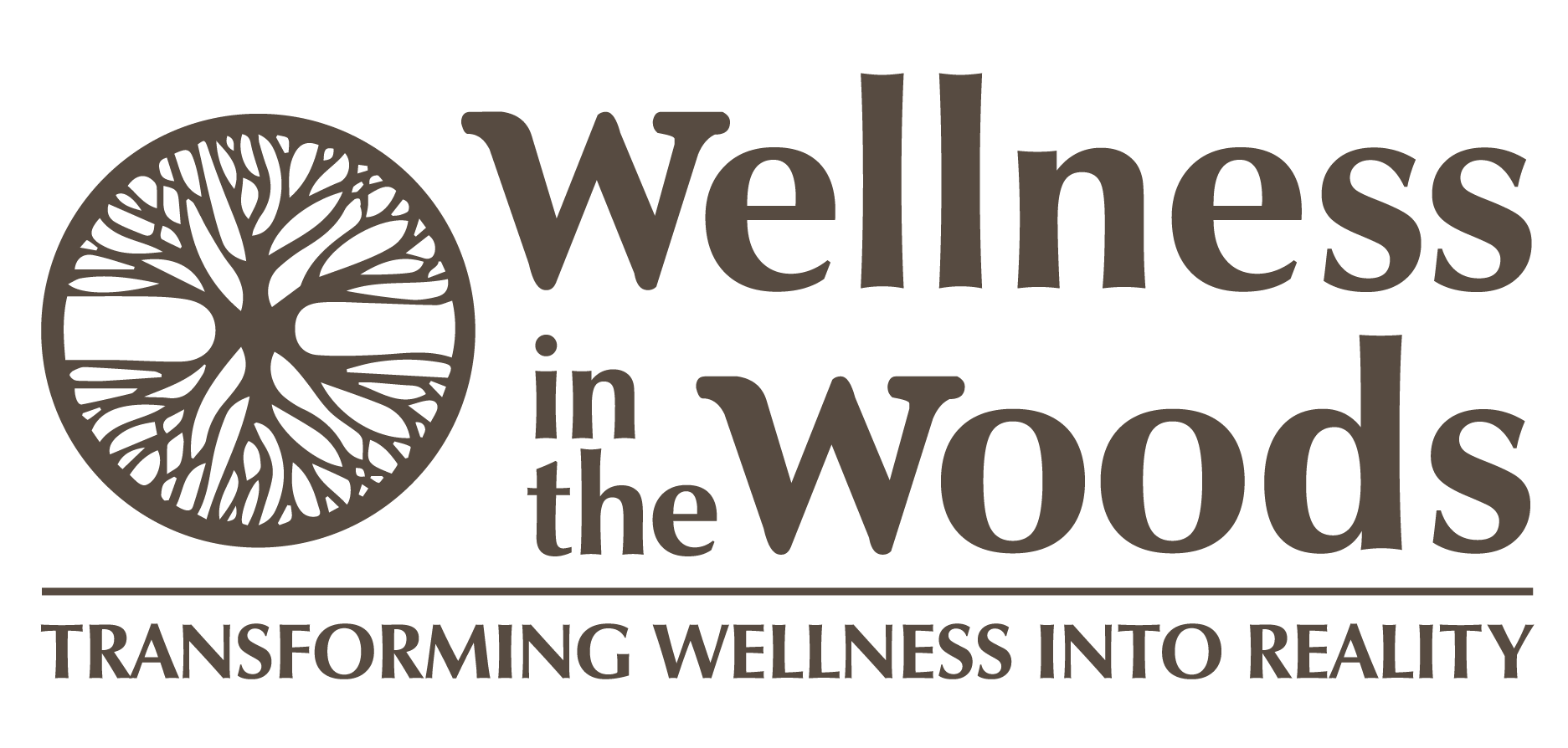The Fentanyl Crisis
How Synthetic Opioids are Driving Addiction, Overdose, and Deaths
“We must take every opportunity to spread the word to prevent fentanyl-related overdose death and poisonings from claiming scores of American lives every day.”
~Anne Milgram, DEA Administrator
Why is fentanyl so dangerous?
Fentanyl is a synthetic opioid that is 50 times stronger than heroin and 100 times stronger than morphine and is the primary driver of the overdose crisis. Since it is so much stronger, only a very small amount, such as a few grains, can be lethal. It has a quicker but shorter high and is quicker to lead to withdrawals.
Fentanyl is destroying and killing innocent lives right now in your local community! We need to come together, take action, and create more awareness to fight in this drug war!
“Fentanyl is the single deadliest drug threat our nation has ever encountered.”
“Drug overdose impacts the lives of countless people in Minnesota and their communities, with fentanyl—a synthetic opioid 50 times more powerful than heroin—driving an overdose crisis that has devastated communities across the state.”
What to do during an overdose?
-
In order to effectively respond when a friend or loved one has overdosed, it’s important to know the signs, which may include and are not limited to:
Small, constricted “pinpoint pupils”
Falling asleep or losing consciousness
Slow, weak, or no breathing
Choking or gurgling sounds
Limp body
Cold and/or clammy skin
Discolored skin (especially in lips and nails)
-
The Substance Abuse and Mental Health Services Administration (SAMHSA) has provided a comprehensive overdose response tool kit that illustrates how to:
Administer Naloxone (Narcan)
Provide CPR
Monitor and manage responses
Support breathing
-
Once your loved one is conscious, wait with them until paramedics arrive. The chances of surviving an overdose depend on a variety of factors, including and not limited to timeliness and effectiveness of the response, how much fentanyl they have in their system, pre-existing health conditions, and more.
If you were able to administer naloxone or Narcan, stay with the person and monitor their breathing—keep them awake if possible and lay them on their side to prevent choking. Reassure them calmly, as they may be disoriented or agitated when they regain consciousness.
Find Naloxone Near You in Minnesota
Naloxone, also known as Narcan®, is a potentially lifesaving drug that can reverse an opioid overdose. It can be administered as an injection or nasal spray. When a person administers naloxone during an opioid overdose, naloxone disables an opioid’s harmful effects to the brain, temporarily reversing an opioid overdose. It is only effective for an opioid overdose and is otherwise harmless. The effects of naloxone wear off after 30-45 minutes, so call 911 immediately. Learn more about Opioid Overdose Prevention.
Become a Certified Naloxone Administrator
Wellness in the Woods has partnered with the Steve Rummler Hope Network to host bi-monthly naloxone trainings on our Virtual Peer Support Network providing Minnesotans with the tools and knowledge necessary to be able to save lives when you might least expect it. Check out our Calendar of Sessions to find out when the next Naloxone Training is being held. You can also check out the Public Training Calendar for Steve Rummler Hope Network so that you, too, can save lives.



